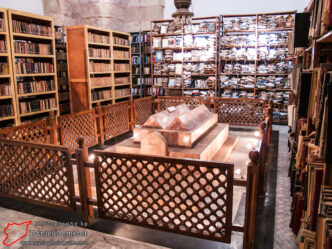
Damascus – al-Madrasa al-Aadiliyeh دمشق – المدرسة العادلية
al-Madrasa al-Aadiliyeh (المدرسة العادلية) is an Ayyubid-era religious school named after al-Aadil Seif al-Din Abu Bakr Bin Ayoub (العادل سيف الدين أبو …

al-Madrasa al-Aadiliyeh (المدرسة العادلية) is an Ayyubid-era religious school named after al-Aadil Seif al-Din Abu Bakr Bin Ayoub (العادل سيف الدين أبو …
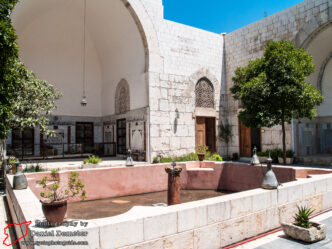
al-Bimaristan al-Nuri (البيمارستان النوري) was originally a hospital and medical teaching center, established by Nur al-Din Mahmoud Zenki (نور الدين محمود زنكي) …
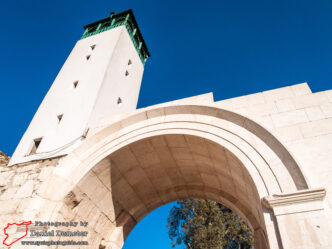
The old city of Damascus (دمشق) was once surrounded by extensive fortifications that included walls, towers, and gates in addition to the …
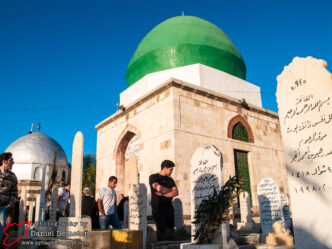
Bab al-Saghir Cemetery (مقبرة الباب الصغير), located south of the old city, is the most noteworthy of the many historic cemeteries in …
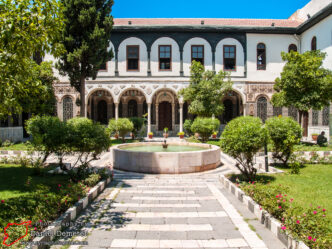
Maktab Anbar (مكتب عنبر) is one of the largest historic residences in the old city of Damascus (دمشق), covering an impressive 3,825 …
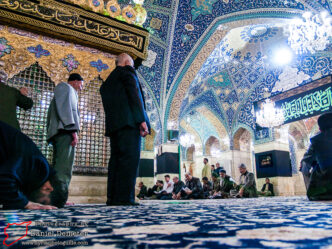
One of the most important Shia pilgrimage sites in Syria is the fascinating al-Seida Raqiyeh Mosque (جامع السيدة رقية). This modern, Iranian-style …
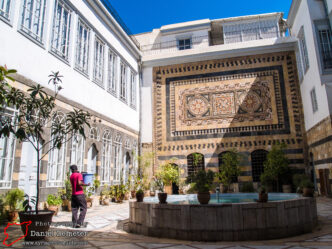
Beit al-Aqad (بيت العقاد) is a beautifully restored Damascene house formerly owned by a wealthy family of textile merchants. It currently houses …
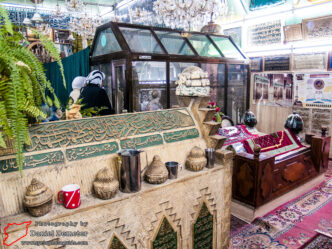
Mohi al-Din Bin Arabi Mosque (جامع محي الدين بن عربي) is a fascinating place of worship in the northern Damascus (دمشق) district …
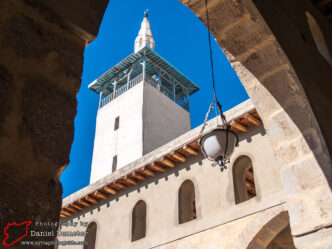
al-Hanabaleh Mosque (جامع الحنابلة), in the northern district of al-Salhiyeh (الصالحية), is the oldest surviving mosque in Damascus (دمشق) after the Umayyad …
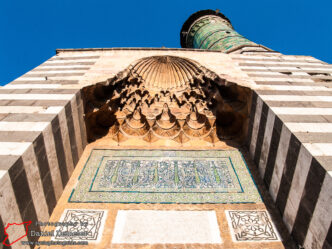
al-Sinaniyeh Mosque (جامع السنانية) was constructed in 1590-1591 under Sinan Pasha, the Ottoman governor of Damascus (دمشق) from 1589 to 1593, and …